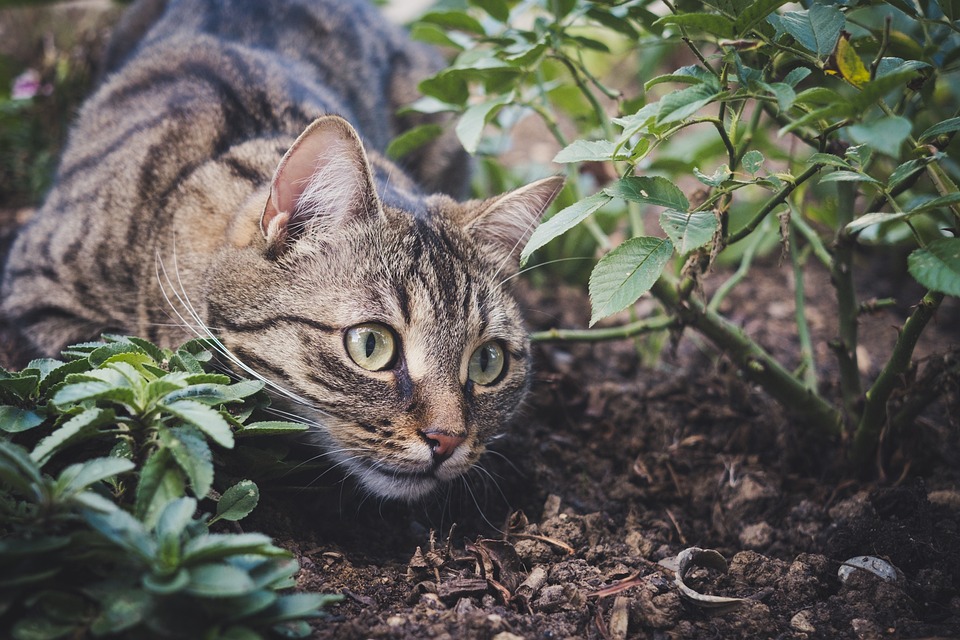Cats are known for their independence, agility, and mysterious nature. However, when it comes to their dental health, they often require special attention. Feline dental issues are common and can lead to discomfort, pain, and even systemic health problems. In severe cases, feline dental surgery becomes necessary to ensure the well-being of our beloved feline friends. This article aims to shed light on feline dental surgery, including the procedures involved and the essential post-operative care required for a successful recovery.
Understanding Feline Dental Surgery:
The Need for Feline Dental Surgery:
Dental diseases and their impact on cats’ overall health: Dental diseases, such as periodontal disease, tooth resorption, and oral tumors, can have a significant impact on a cat’s overall health. These conditions can cause pain, difficulty eating, and even lead to infections that can spread to other parts of the body.
Indications for feline dental surgery: Feline dental surgery may be required when conservative treatment options, such as dental cleanings, are not sufficient to address the dental issue. Common indications for feline dental surgery include severe periodontal disease, fractured teeth, oral tumors, and tooth resorption.
Pre-Surgical Assessment:
Dental examination and evaluation: A thorough dental examination is performed to assess the extent of the dental issue and determine the appropriate surgical approach. This may involve visual inspection, dental probing, and dental X-rays.
Diagnostic tests and imaging: Diagnostic tests, such as blood work, may be performed to assess the cat’s overall health and ensure they are fit for surgery. Dental X-rays are crucial for evaluating the internal structures of the teeth and jawbone.
Preparing your cat for surgery: Your veterinarian will provide specific instructions on how to prepare your cat for surgery. This may include fasting prior to the procedure and withholding medications that could interfere with anesthesia.
Feline Dental Surgery Procedures:
Dental Cleaning (Prophylaxis):
Importance of dental cleaning: Dental cleanings, also known as prophylaxis, are essential for maintaining good oral health in cats. They involve the removal of plaque and tartar buildup from the teeth, preventing the progression of dental diseases.
Steps involved in dental cleaning: Dental cleanings are typically performed under general anesthesia. The teeth are cleaned using ultrasonic scaling and hand instruments. Polishing and fluoride application may also be performed to protect the teeth.
Tooth Extraction:
Reasons for tooth extraction in cats: Tooth extraction may be necessary to remove severely decayed or fractured teeth that cannot be saved. It is also performed in cases of tooth resorption or to address overcrowding in the mouth.
Techniques for tooth extraction: Different techniques, such as simple extractions and surgical extractions, may be employed depending on the complexity of the dental issue. Your veterinarian will determine the most appropriate technique for your cat.
Gingival Flap Surgery:
Understanding gingival flap surgery: Gingival flap surgery involves creating a flap of gum tissue to gain access to the underlying structures, such as the jawbone and tooth roots. It is performed to treat advanced periodontal disease, gum recession, or to remove oral tumors.
Conditions requiring gingival flap surgery: Gingival flap surgery is typically performed when deep cleaning alone is not sufficient to address the advanced stages of periodontal disease. It allows for thorough cleaning of the affected area and may involve bone grafting or guided tissue regeneration.
Post-operative Care for Your Feline Companion:
Pain Management:
The importance of pain relief after surgery: Cats may experience pain and discomfort after dental surgery. Proper pain management is crucial for their well-being and aids in the healing process.
Post-operative pain management options: Your veterinarian may prescribe pain medication or recommend other pain management strategies, such as cold compresses or laser therapy.
Feeding and Hydration:
Dietary considerations for your cat’s recovery: Your cat may require a soft or liquid diet post-surgery to prevent further trauma to the surgical site. Your veterinarian may recommend specific foods or feeding techniques.
Encouraging hydration post-surgery: Adequate hydration is essential for your cat’s recovery. Ensure fresh water is readily available and consider adding wet food or water additives to encourage increased water intake.
Medication Administration:
Administering medications safely and effectively: Your veterinarian will provide instructions on how to administer any prescribed medications. It is crucial to follow the recommended dosage and administration instructions.
Common medications prescribed after feline dental surgery: Pain medication, antibiotics, and anti-inflammatory drugs are commonly prescribed after feline dental surgery to manage pain, prevent infections, and reduce inflammation.
Monitoring and Follow-up:
Signs of complications or post-surgical problems: It is important to monitor your cat closely for any signs of complications, such as excessive bleeding, swelling, or signs of infection. Contact your veterinarian immediately if you notice any concerning symptoms.
The significance of follow-up appointments: Follow-up appointments are essential to assess your cat’s healing progress and ensure that the surgical site is healing properly. Your veterinarian may recommend additional dental care or future preventive measures.
Conclusion:
Feline dental surgery plays a crucial role in maintaining the dental health and overall well-being of our feline companions. By understanding the procedures involved and providing appropriate post-operative care, we can ensure a successful recovery for our cats. Regular dental check-ups and preventive measures are essential in preventing the need for extensive dental surgeries. Remember, a healthy mouth leads to a healthier and happier feline friend.








